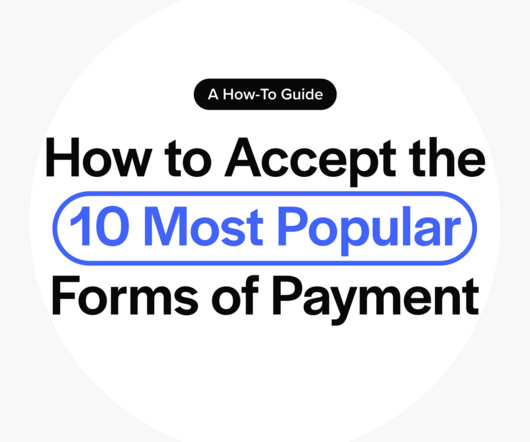What is ACH Credit and ACH Debit and How Do They Work?
Stax
NOVEMBER 13, 2024
Understanding ACH credit payments means understanding the way in which different types of ACH payments are processed in the US banking system. ACH credit payments differ from ACH debit payments and both are distinct from credit and debit card payments. Learn More What are ACH Credit Payments?

















































Let's personalize your content